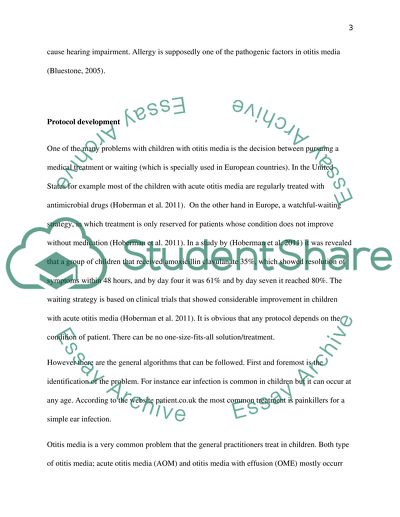Cite this document
(“Otitis Media Protocol In 1-6 Year Old Patients Essay”, n.d.)
Otitis Media Protocol In 1-6 Year Old Patients Essay. Retrieved from https://studentshare.org/nursing/1651647-otitis-media-protocol-in-1-6-year-old-patients
Otitis Media Protocol In 1-6 Year Old Patients Essay. Retrieved from https://studentshare.org/nursing/1651647-otitis-media-protocol-in-1-6-year-old-patients
(Otitis Media Protocol In 1-6 Year Old Patients Essay)
Otitis Media Protocol In 1-6 Year Old Patients Essay. https://studentshare.org/nursing/1651647-otitis-media-protocol-in-1-6-year-old-patients.
Otitis Media Protocol In 1-6 Year Old Patients Essay. https://studentshare.org/nursing/1651647-otitis-media-protocol-in-1-6-year-old-patients.
“Otitis Media Protocol In 1-6 Year Old Patients Essay”, n.d. https://studentshare.org/nursing/1651647-otitis-media-protocol-in-1-6-year-old-patients.


